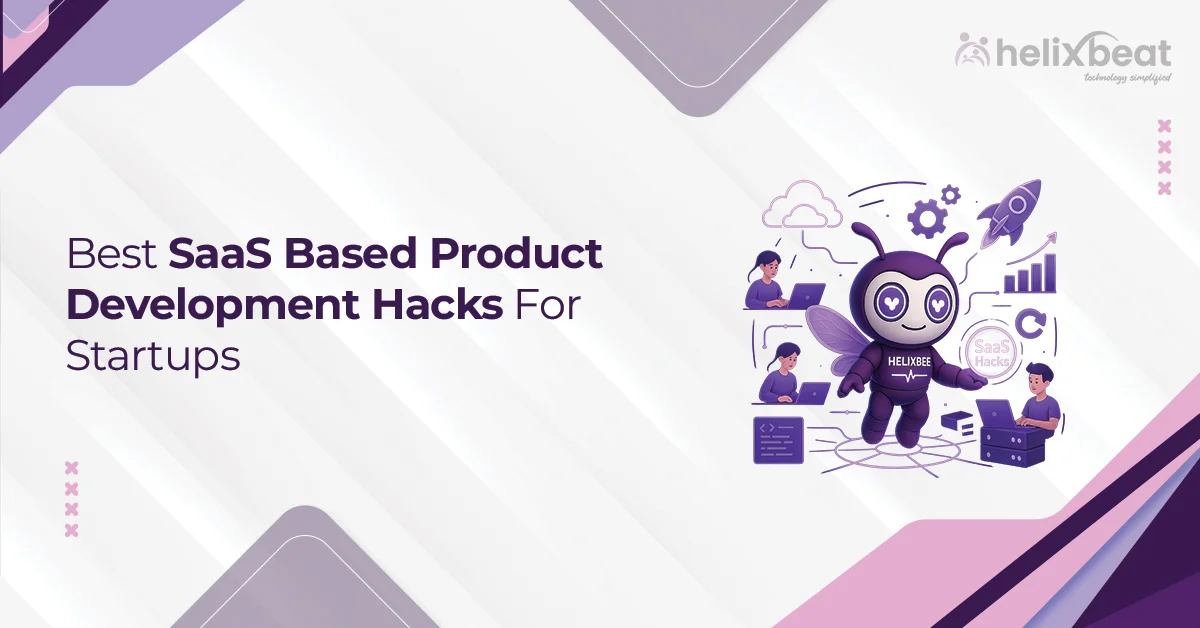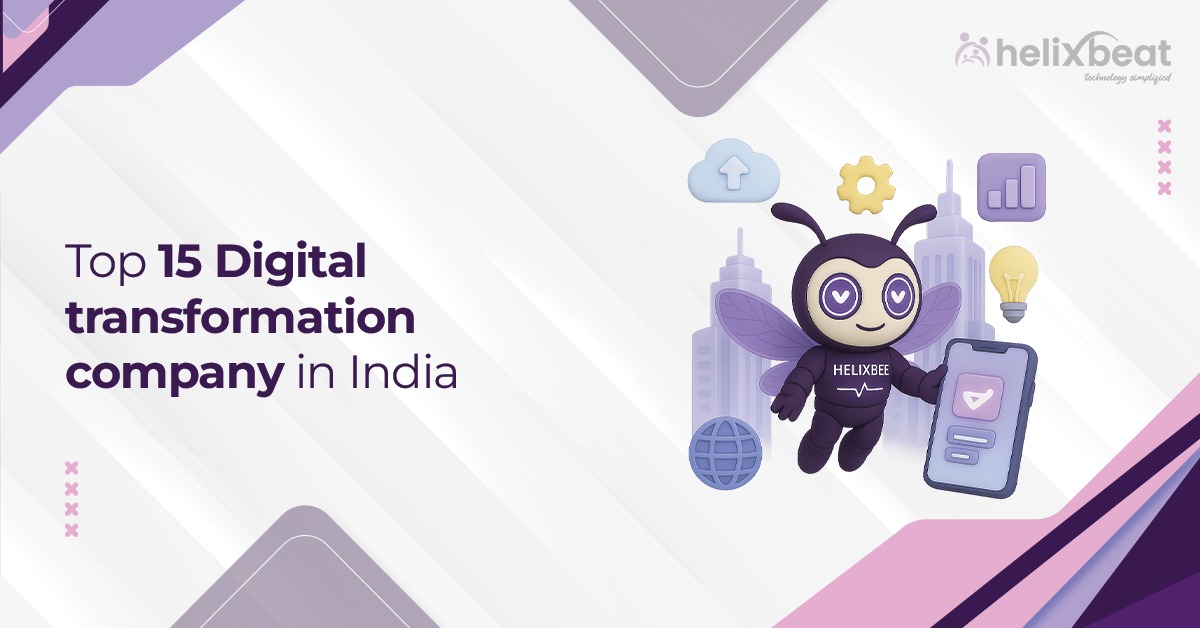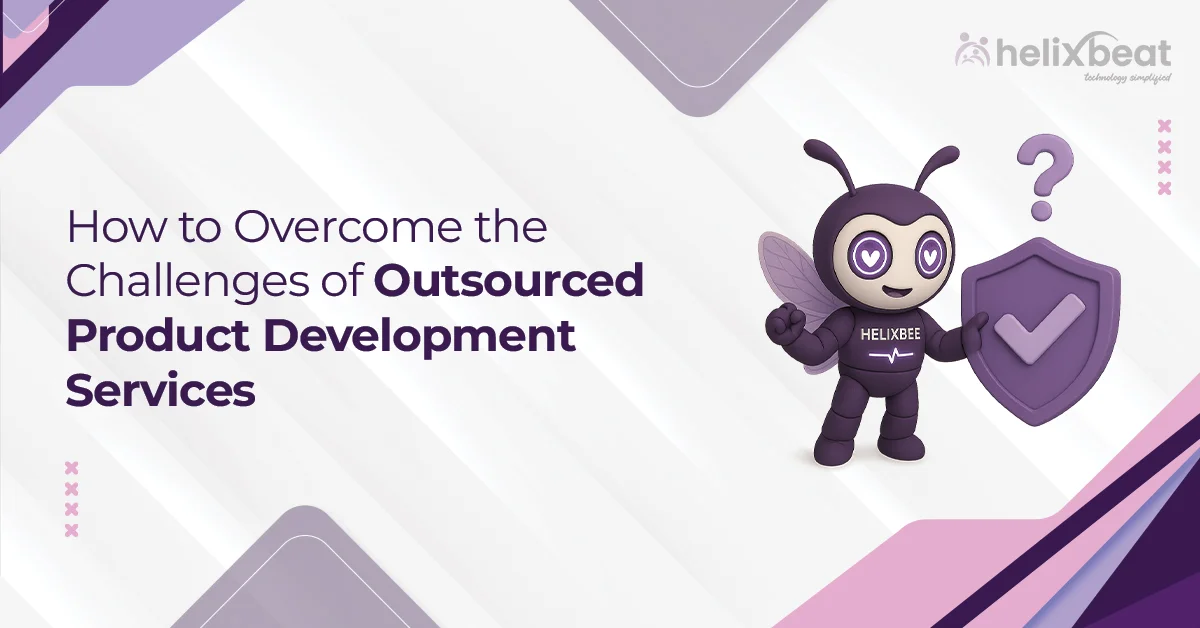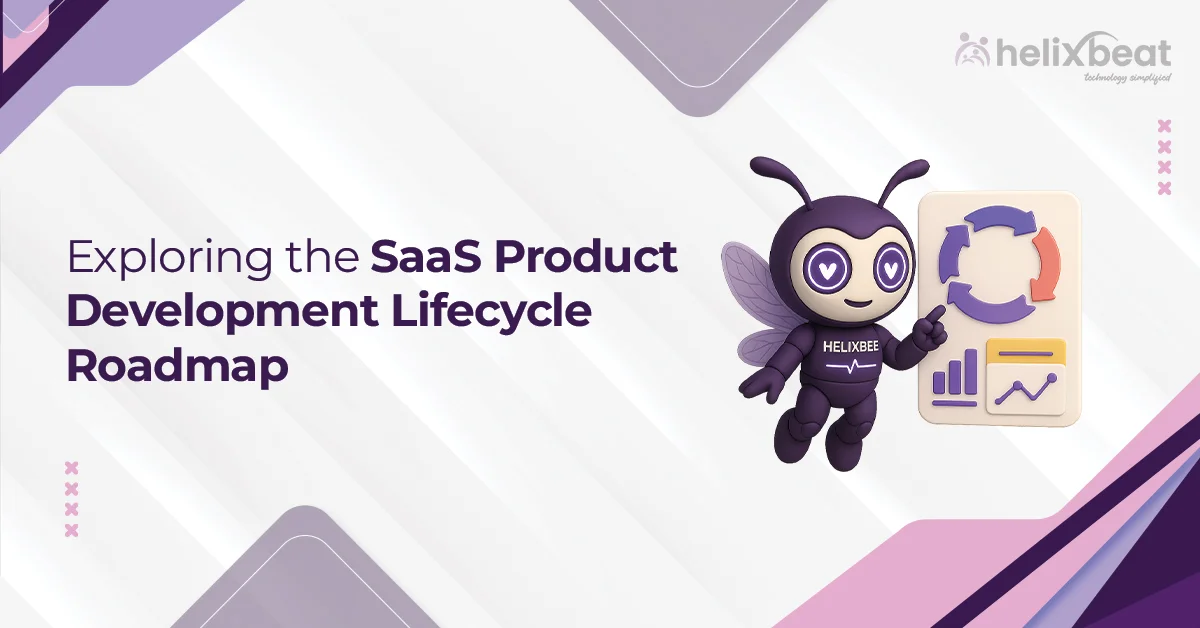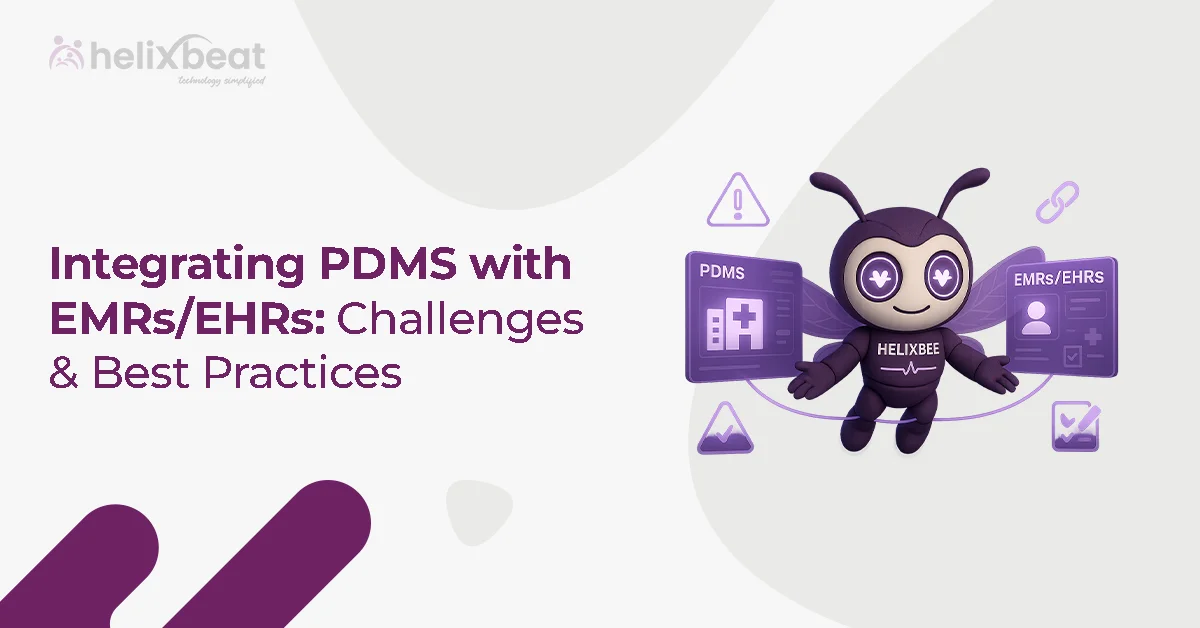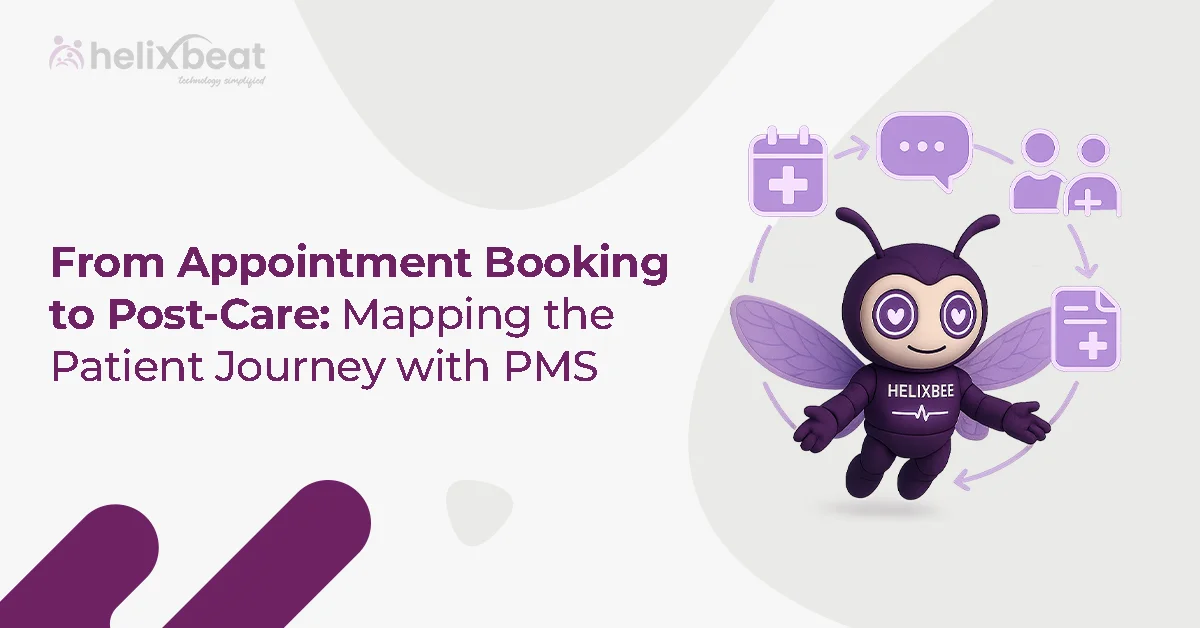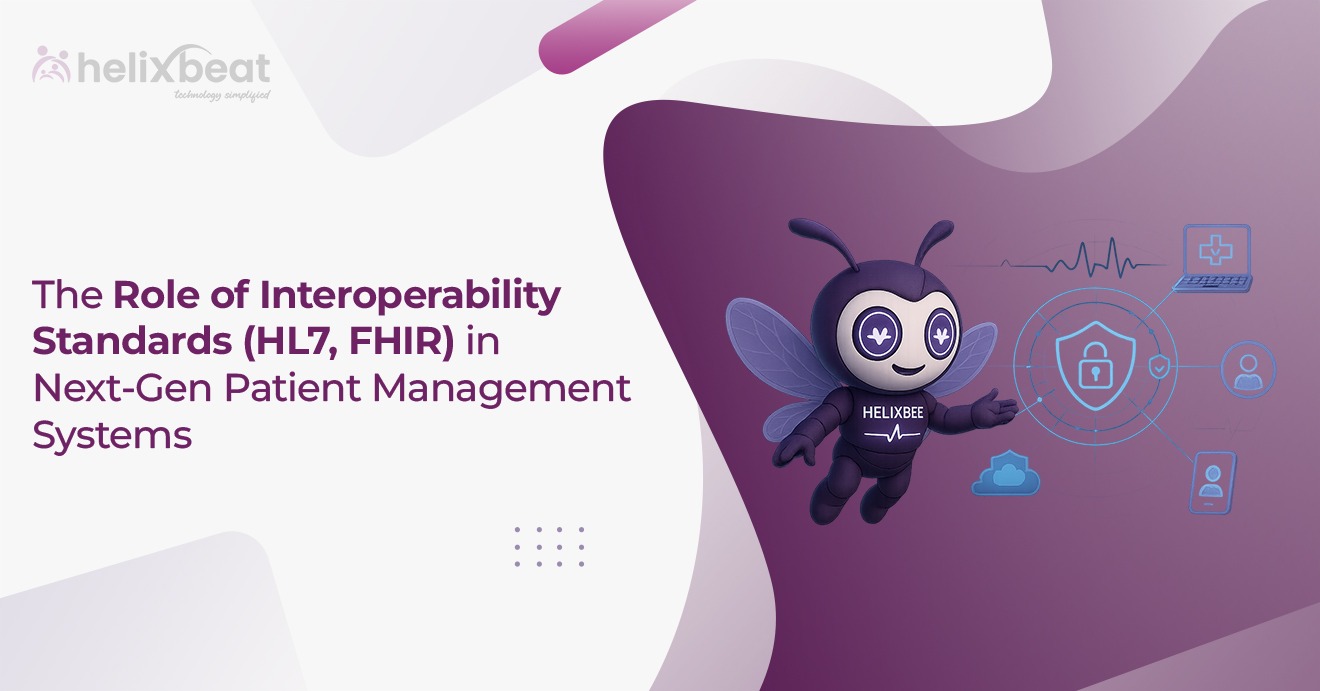As more and more businesses move to Software as a Service (SaaS) models, one of the biggest challenges they face is making sure their products can grow with their customers. In fact, 70% of SaaS companies say scaling their products is one of their biggest hurdles. Without the right approach to scalability, companies face issues like slow performance, system crashes, and unhappy customers.
The good news is that by planning for scalability early in the SaaS product development lifecycle, businesses can avoid these problems. With the right product lifecycle management methodology, companies can build products that grow smoothly as their user base increases.
And, this supports a better user experience, keeps customers happy, and helps businesses stay competitive in the long run. Let’s see why scalability matters in the SaaS product development lifecycle.

Table of Contents
The Real Cost of Ignoring Scalability In Your SaaS Product Development Lifecycle
Ignoring scalability in your SaaS product development can lead to serious consequences that impact both your bottom line and customer satisfaction. Here are the key costs associated with neglecting scalability:
- System Downtime and Performance Issues: As your user base grows, an inability to scale your infrastructure can lead to slow performance, crashes, or complete system downtime, frustrating users and damaging your reputation.
- Increased Operational Costs: Without scalable systems, you may face higher costs for manual interventions, frequent fixes, and constant infrastructure upgrades to meet growing demand.
- Lost Revenue: Poor performance and downtime can result in lost sales opportunities, cancellations, and churn, all of which directly impact your revenue and growth potential.
- Negative Customer Experience: If your product doesn’t scale effectively, customers will face delays, errors, or poor service, ultimately leading to dissatisfaction and potential loss of loyal users.
Why Scalability Matters in Your SaaS Product Development Lifecycle
Scalability is a critical aspect of SaaS product development, impacting every stage from architecture design to user experience and long-term growth. Below are five in-depth reasons why scalability matters in the SaaS product development lifecycle:
1. Infrastructure Flexibility for Increased Demand
Scalable infrastructure is built with flexibility in mind, allowing your product to handle increased user traffic and data volume without compromising performance. This flexibility often comes from adopting cloud-native architectures and utilizing containerization technologies like Docker and Kubernetes.
These tools enable automatic resource scaling, ensuring that your infrastructure can respond to fluctuations in demand with minimal manual intervention, preventing performance bottlenecks or service interruptions.
2. Seamless User Experience Across Growth Phases
User experience (UX) is often directly linked to scalability. As your product expands, your system should maintain fast response times and handle more transactions per second without degrading the user experience. Load balancing, content delivery networks (CDNs), and microservices-based architectures ensure that users across different geographies can access your SaaS platform without latency issues, providing consistent performance regardless of the number of active users.
3. Efficient Resource Allocation
Scalability allows businesses to optimize resource allocation, using only the necessary computational power and storage at any given time. With automated elasticity, infrastructure resources such as computing power, storage, and database access can be scaled up or down dynamically based on usage patterns.
This helps prevent over-provisioning and under-utilization, ensuring that operational costs remain low while delivering high availability and reliability.
4. Streamlined Integration of New Features and Updates
A scalable product development framework makes it easier to integrate new features, updates, and third-party integrations. Adopting a modular architecture, where components or services are loosely coupled, allows new functionalities to be added without disrupting the existing system.
This approach also supports continuous delivery and deployment (CI/CD), facilitating faster time-to-market for new features while ensuring that the system can grow without becoming more complex or harder to maintain.
5. Sustaining Growth Without Performance Trade-offs
As your SaaS product grows, scalability ensures that the system can accommodate increasing data storage, computational needs, and user interactions without requiring a complete overhaul. For instance, using database sharding and partitioning techniques helps distribute the load across multiple servers, preventing any single database from becoming a performance bottleneck.
Similarly, implementing a service-oriented architecture (SOA) ensures that different components of the system can scale independently, allowing your platform to grow at a sustainable pace without affecting performance.
In short, scalability in the SaaS product development lifecycle ensures long-term product viability, superior performance, and the ability to handle growth without disrupting the user experience or incurring unsustainable costs.
Key Scalability Strategies for SaaS Growth
To scale effectively, SaaS products need strategies that support growth while maintaining performance. Here are five key strategies for achieving scalable growth:
1. Microservices Architecture
Adopt a microservices architecture to break down your application into smaller, independently scalable services. This allows individual components to scale based on demand, enabling faster updates and minimizing disruptions across the platform.
2. Horizontal Scaling with Cloud Infrastructure
Use horizontal scaling with cloud-native infrastructure to dynamically add more servers as needed. Cloud platforms like AWS, Azure, or Google Cloud automatically scale resources to meet demand, ensuring optimal performance during peak traffic times.
3. Database Sharding
Implement database sharding to split your data across multiple servers, improving performance and handling larger volumes of data. Sharding helps prevent bottlenecks and ensures that database queries remain fast and responsive.
4. Load Balancing and Redundancy
Use load balancing to distribute traffic evenly across servers, preventing overload on any single resource. Combine this with redundancy to ensure high availability and minimize downtime by automatically switching to backup resources when needed.
5. Serverless Computing
Adopt serverless computing to reduce operational costs and scale efficiently. With platforms like AWS Lambda, you only pay for actual usage, automatically scaling resources up or down based on demand without the need to manage servers.
By integrating these strategies into your SaaS product development lifecycle, you can ensure that your platform scales smoothly and maintains high performance as your user base grows.
How to Know If Your SaaS Is Truly Scalable
Throughout the SaaS product development lifecycle, scalability should be a constant focus. Regular evaluation during different stages of development helps ensure your product can adapt to increasing demands as your user base grows.
1. Performance During Stress Testing
Conduct stress tests to simulate high traffic or user loads and observe how the system responds. A truly scalable SaaS product should maintain its performance under load without significant degradation in speed or reliability. If the system experiences slowdowns or crashes, scalability improvements are needed.
2. Resource Utilization Efficiency
Monitor how efficiently your infrastructure uses resources like CPU, memory, and storage. Scalable SaaS platforms optimize resource usage, adjusting dynamically based on demand. High resource consumption during peak times or idle resources during low traffic could indicate poor scalability and unnecessary costs.
3. Modularity and Flexibility of the Architecture
Examine the architecture of your SaaS platform. A scalable product typically uses a modular architecture, allowing individual components to be scaled independently. If adding new features or increasing capacity causes disruptions or requires extensive rework, your architecture may not be optimized for scalability.
4. Ability to Integrate and Handle New Features
A scalable SaaS product should allow for the seamless addition of new features, integrations, and updates without major disruptions. If your product struggles with integrations or adding new functionalities without affecting performance, it’s a sign that scalability is limited within the current architecture.
By ensuring these factors are considered at every stage of the SaaS product development lifecycle, you can confirm that your product is capable of growing and adapting to new demands over time.
Making Scalability a Part of Your SaaS Product Development Lifecycle with Helixbeat
At Helixbeat, we know that scalability is key to the long-term success of your SaaS product. Our product development services are focused on helping you create scalable SaaS platforms that can grow with your business and handle more users, data, and features without slowing down.
We work with you through every stage of the SaaS product development lifecycle, making sure scalability is built into your product from the start. From designing flexible cloud-based architectures to using microservices and automatic scaling, we help you build a system that adapts to your needs. With Helixbeat, your product will be ready to grow smoothly and meet the demands of your customers.
Let us help you build a product that grows with your business, simply and effectively. Contact us now.
FAQ
1. What is the SaaS Product Life Cycle?
The SaaS product life cycle includes the stages of planning (defining needs), development (building and testing), growth (scaling and adding features), maturity (stabilizing), and decline (retirement due to reduced demand).
2. How to Use SDLC in a Project?
The Software Development Life Cycle (SDLC) follows these stages: planning (set goals), design (create system blueprint), development (build the software), testing (find and fix issues), deployment (release), and maintenance (update and improve).
3. What is the Lifecycle of SaaS Marketing?
The SaaS marketing lifecycle involves awareness (building visibility), acquisition (converting prospects), activation (ensuring quick value realization), retention (keeping customers satisfied), referral (encouraging recommendations), and revenue growth (expanding offerings).
4. What is the Application Layer of SaaS?
The application layer in SaaS hosts the core business logic, provides the user interface (UI), handles user authentication, and communicates with the backend, ensuring seamless interaction with the product.
5. How Can I Ensure Data Security in SaaS Applications?
To make sure data security in SaaS applications, businesses should look for providers that offer strong encryption, regular security audits, multi-factor authentication, and compliance with industry standards such as GDPR and HIPAA. Additionally, it’s essential to have a solid backup and disaster recovery plan in place.





